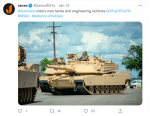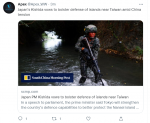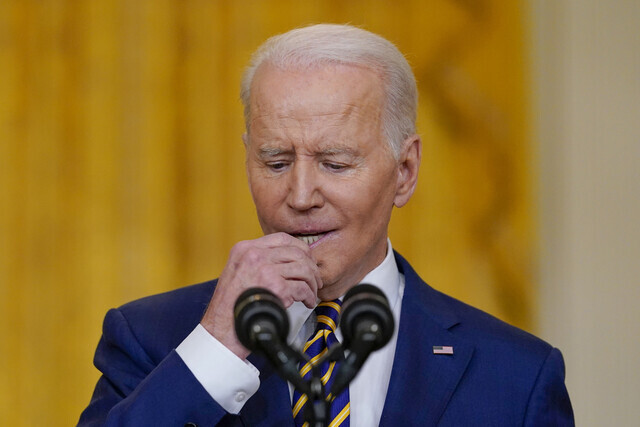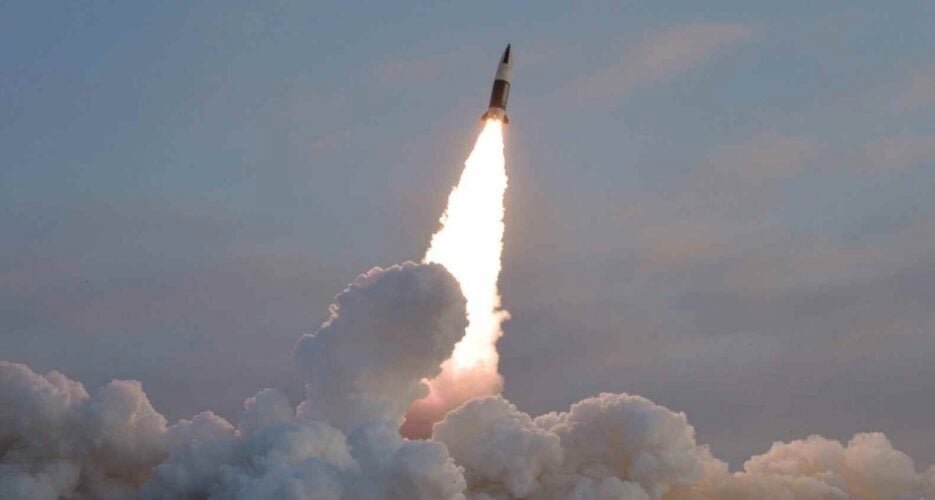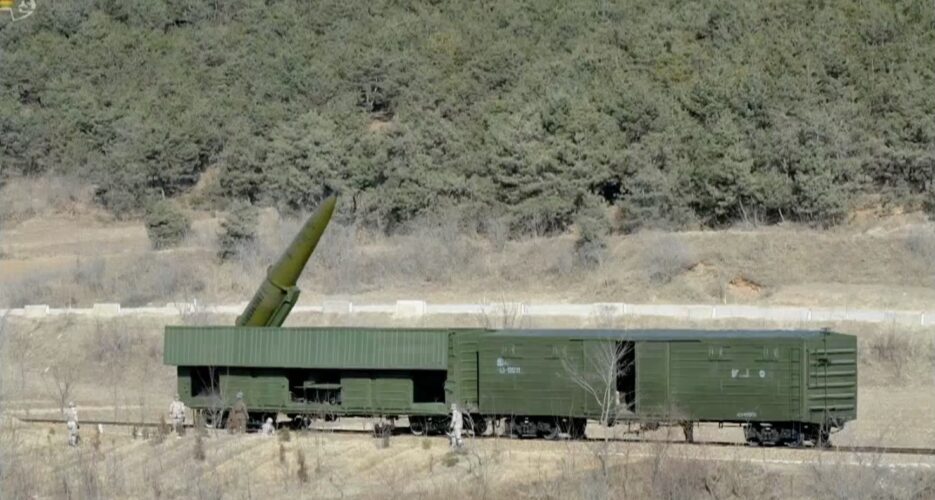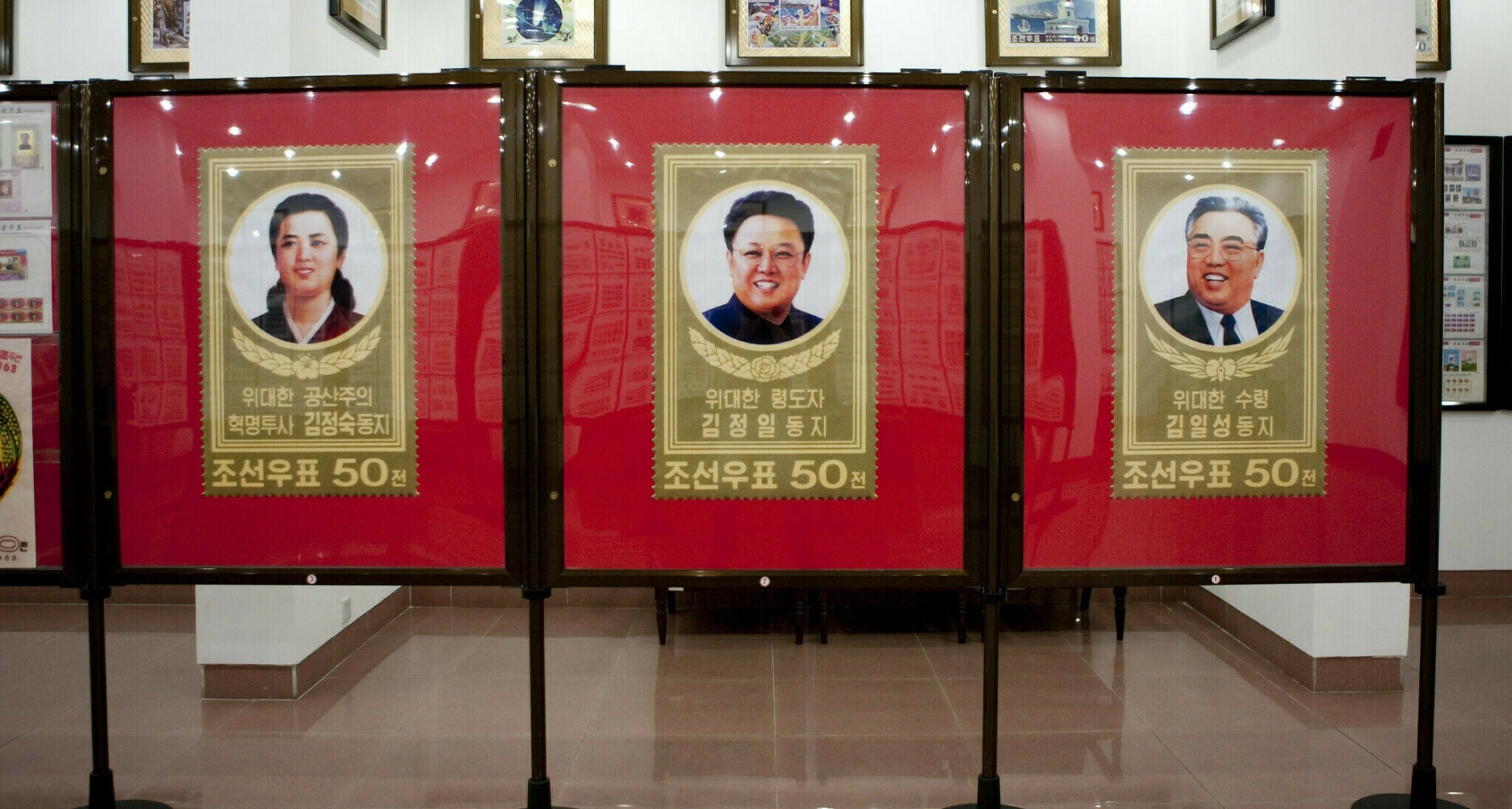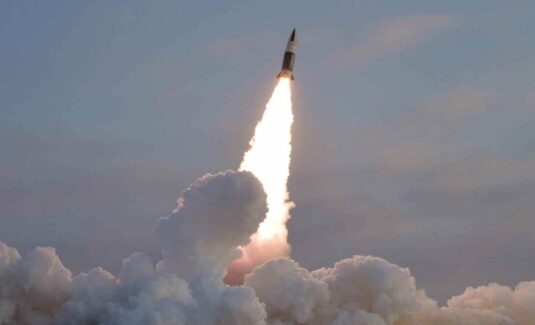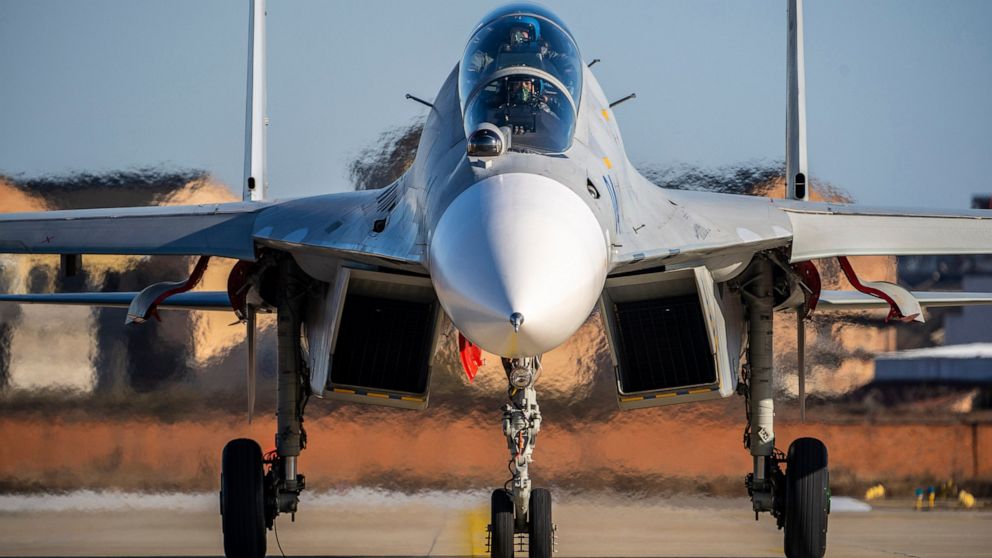jward
passin' thru
Yoon Suk-yeol backs ‘preemptive strike’ to stop North Korean hypersonic attacks
North Korea claims to have tested two hypersonic missiles since September, with Tuesday’s test a probable third
Jeongmin Kim January 11, 2022

SHARE
Image: Yoon Suk-yeol Presidential Campaign Team | Yoon at New Year press conference, Jan. 11, 2022
North Korean hypersonic missiles aimed at the South in the event of conflict should be taken out with a “preemptive strike,” presidential candidate Yoon Suk-yeol said Tuesday, hours after North Korea conducted its second missile test of the new year.
Yoon’s remarks were based on a hypothetical combat scenario following the DPRK’s alleged hypersonic missile test last week. Tuesday morning’s missile also reached hypersonic speeds of Mach 10 and demonstrated “advancement” over last week’s test, according to the ROK Joint Chiefs of Staff.
“Missiles that travel at speeds over Mach 5, if they are loaded with nuclear warheads, will reach the Seoul metropolitan area in less than a minute. Interception is practically impossible,” Yoon said, answering an NK News question about the latest missile tests at a press conference in Seoul.
“In that case, the only method to prevent them is conducting a preemptive strike when we detect signs [of a launch],” he said, referring to South Korea’s three-pronged defense strategy that includes “Kill Chain” preemptive strikes against North Korean missile system in the event of conflict.
“We have to clearly perceive the reality that North Korea is continuing to boost missile capabilities and critically threatening our security. Tactically preventing [such threats] is not easy at the moment, so we need to keep pressuring North Korea through diplomacy to make it stop developing nuclear capabilities,” Yoon added.
THE KILL CHAIN
After a Kill Chain preemptive attack fails, the next two phases of the “Three Pillars” system are to shoot down missiles before they reach their target (KAMD) and retaliate with military force (KMPR).
A top defense aide in the Yoon campaign team told NK News after the press conference that the Kill Chain strategy, along with the conservative presidential candidate’s comments, are “theoretical” as the DPRK has yet to clearly prove its hypersonic capabilities.
They added that it “stands to reason” to consider a preemptive strike if Seoul identifies signs of an imminent nuclear missile attack that cannot be intercepted and may endanger civilian lives.
Yang Uk, a missile expert at the Asan Institute, agreed with Yoon’s assessment that missiles are hard to shoot down at hypersonic speeds but warned that the Kill Chain concept should be interpreted carefully.
“It’s always the best method to hit first with the Kill Chain, but it’s not an automatic strategy of just preemptive strike; it means preemptive strikes are possible when South Korea perceives a clear, realistic threat and very distinct signs of an enemy attack.”
‘IRRESPONSIBLE’ AND ‘RISKY,’ PROGRESSIVES SAY
Yoon’s comments attracted criticism from his progressive opponent Lee Jae-myung’s campaign.
Democratic Party election committee spokesperson Choi Jieun said her team was “shocked” that Yoon would publicly endorse a preemptive strike against North Korea.
It was an “extremely inappropriate remark that could lead the Korean Peninsula into crisis, even if it was about hypothetical situations,” Choi said in a statement.
Lee’s camp held an “emergency” press conference later in the day, at which it accused Yoon of having only “fragmentary” knowledge on foreign affairs and risking inter-Korean security.
“Yoon’s remark … is immensely ignorant about our military’s North Korean nuclear weapons response,” said Kim Byung-joo, a lawmaker who handles defense issues for the progressive campaign.
“Talking about a preemptive strike could lead to misjudgment and fear from North Korea and evoke premature military action,” Kim said.
Edited by Arius Derr
Posted For Fair Use

 www.nknews.org
www.nknews.org
North Korea claims to have tested two hypersonic missiles since September, with Tuesday’s test a probable third
Jeongmin Kim January 11, 2022

SHARE
Image: Yoon Suk-yeol Presidential Campaign Team | Yoon at New Year press conference, Jan. 11, 2022
North Korean hypersonic missiles aimed at the South in the event of conflict should be taken out with a “preemptive strike,” presidential candidate Yoon Suk-yeol said Tuesday, hours after North Korea conducted its second missile test of the new year.
Yoon’s remarks were based on a hypothetical combat scenario following the DPRK’s alleged hypersonic missile test last week. Tuesday morning’s missile also reached hypersonic speeds of Mach 10 and demonstrated “advancement” over last week’s test, according to the ROK Joint Chiefs of Staff.
“Missiles that travel at speeds over Mach 5, if they are loaded with nuclear warheads, will reach the Seoul metropolitan area in less than a minute. Interception is practically impossible,” Yoon said, answering an NK News question about the latest missile tests at a press conference in Seoul.
“In that case, the only method to prevent them is conducting a preemptive strike when we detect signs [of a launch],” he said, referring to South Korea’s three-pronged defense strategy that includes “Kill Chain” preemptive strikes against North Korean missile system in the event of conflict.
“We have to clearly perceive the reality that North Korea is continuing to boost missile capabilities and critically threatening our security. Tactically preventing [such threats] is not easy at the moment, so we need to keep pressuring North Korea through diplomacy to make it stop developing nuclear capabilities,” Yoon added.
THE KILL CHAIN
After a Kill Chain preemptive attack fails, the next two phases of the “Three Pillars” system are to shoot down missiles before they reach their target (KAMD) and retaliate with military force (KMPR).
A top defense aide in the Yoon campaign team told NK News after the press conference that the Kill Chain strategy, along with the conservative presidential candidate’s comments, are “theoretical” as the DPRK has yet to clearly prove its hypersonic capabilities.
They added that it “stands to reason” to consider a preemptive strike if Seoul identifies signs of an imminent nuclear missile attack that cannot be intercepted and may endanger civilian lives.
Yang Uk, a missile expert at the Asan Institute, agreed with Yoon’s assessment that missiles are hard to shoot down at hypersonic speeds but warned that the Kill Chain concept should be interpreted carefully.
“It’s always the best method to hit first with the Kill Chain, but it’s not an automatic strategy of just preemptive strike; it means preemptive strikes are possible when South Korea perceives a clear, realistic threat and very distinct signs of an enemy attack.”
‘IRRESPONSIBLE’ AND ‘RISKY,’ PROGRESSIVES SAY
Yoon’s comments attracted criticism from his progressive opponent Lee Jae-myung’s campaign.
Democratic Party election committee spokesperson Choi Jieun said her team was “shocked” that Yoon would publicly endorse a preemptive strike against North Korea.
It was an “extremely inappropriate remark that could lead the Korean Peninsula into crisis, even if it was about hypothetical situations,” Choi said in a statement.
Lee’s camp held an “emergency” press conference later in the day, at which it accused Yoon of having only “fragmentary” knowledge on foreign affairs and risking inter-Korean security.
“Yoon’s remark … is immensely ignorant about our military’s North Korean nuclear weapons response,” said Kim Byung-joo, a lawmaker who handles defense issues for the progressive campaign.
“Talking about a preemptive strike could lead to misjudgment and fear from North Korea and evoke premature military action,” Kim said.
Edited by Arius Derr
Posted For Fair Use

Yoon Suk-yeol backs ‘preemptive strike’ to stop North Korean hypersonic attacks | NK News
North Korean hypersonic missiles aimed at the South in the event of conflict should be taken out with a “preemptive strike,” presidential candidate Yoon Suk-yeol said Tuesday, hours after North Korea conducted its second missile test of the new year. Yoon’s remarks were based on a hypothetical...

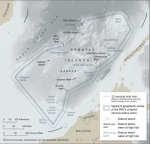
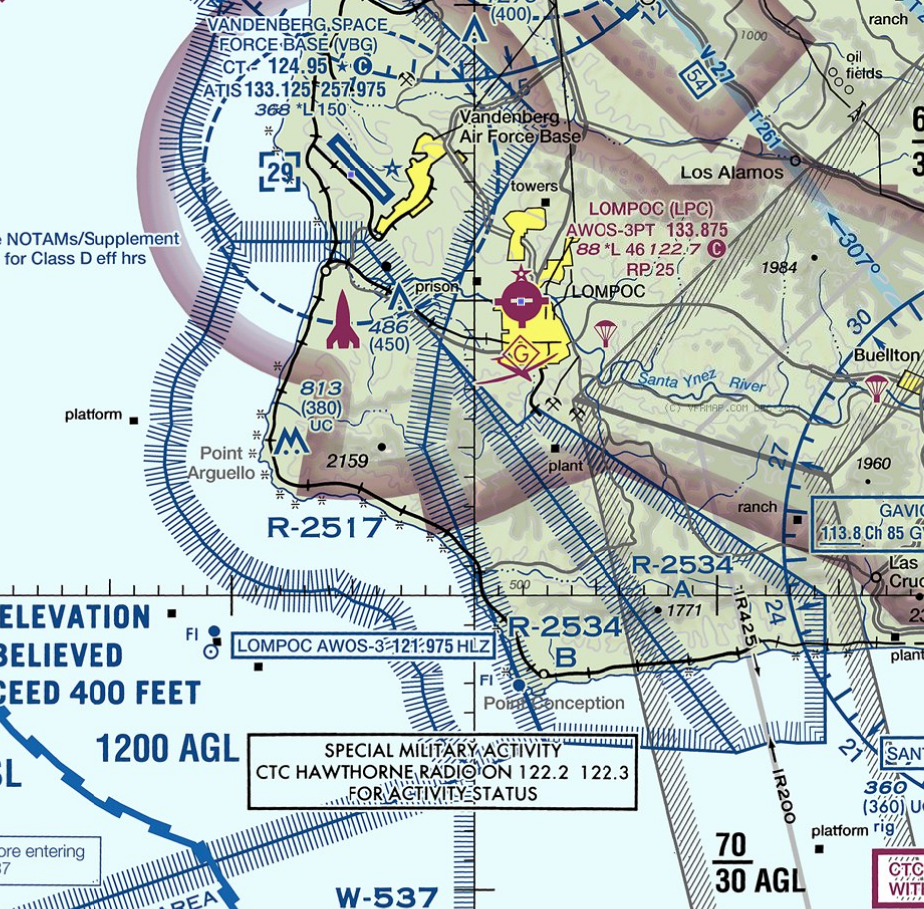
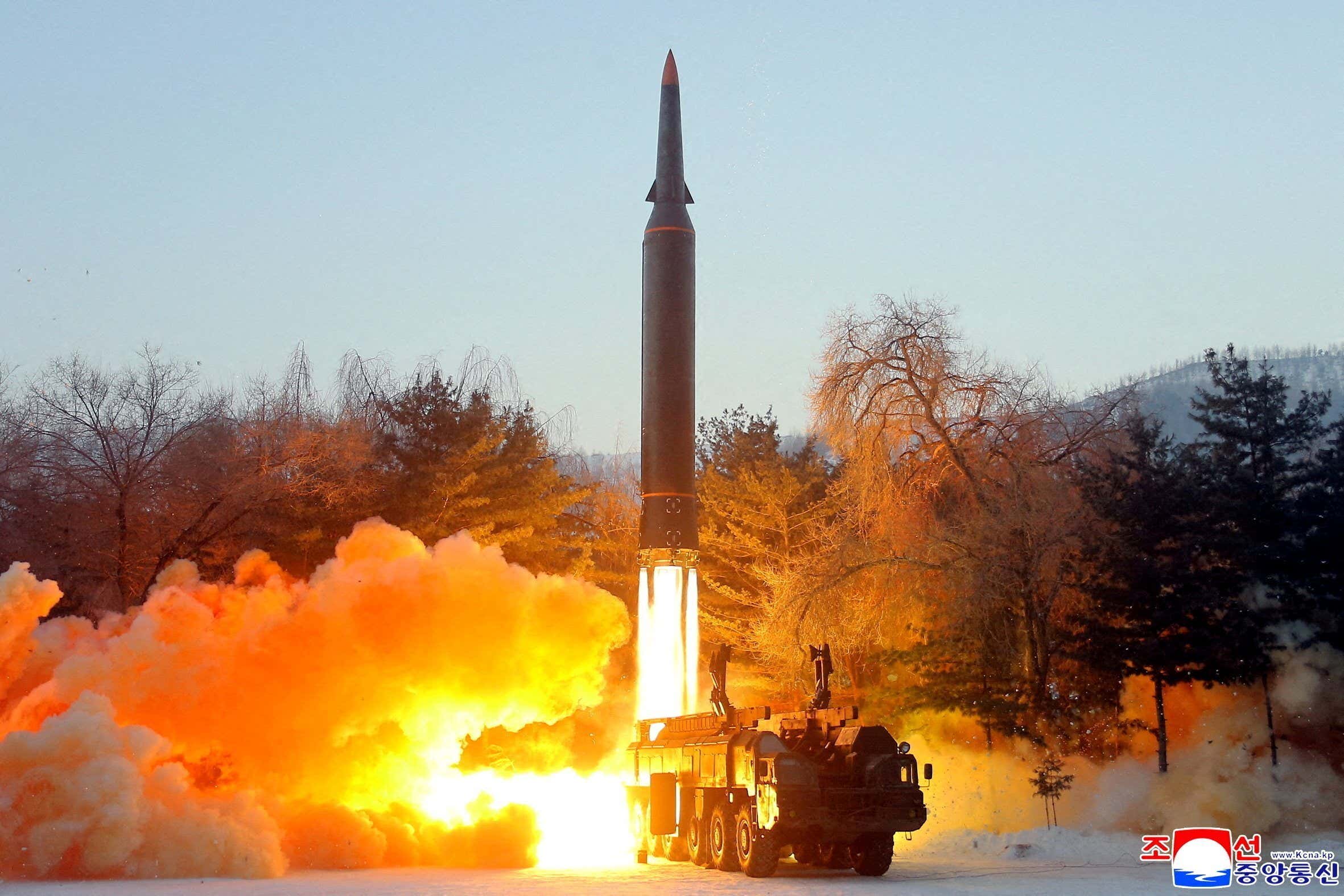

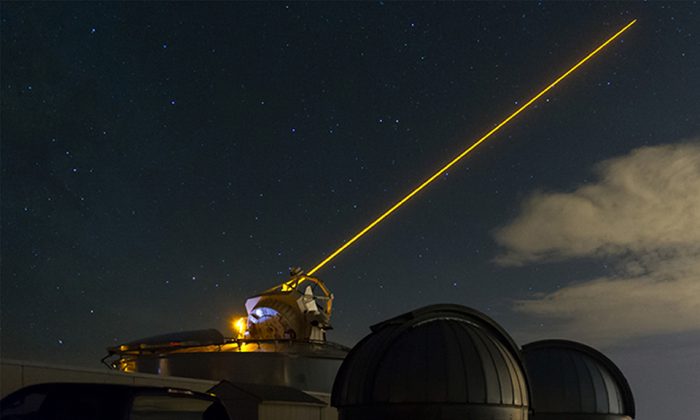
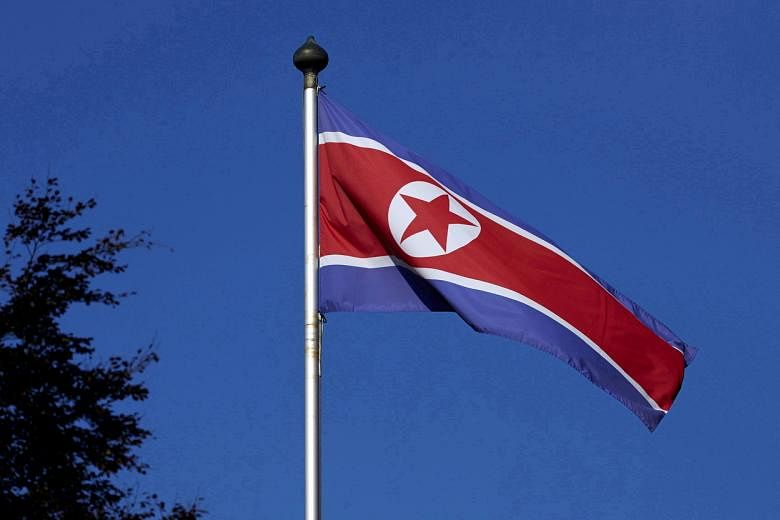
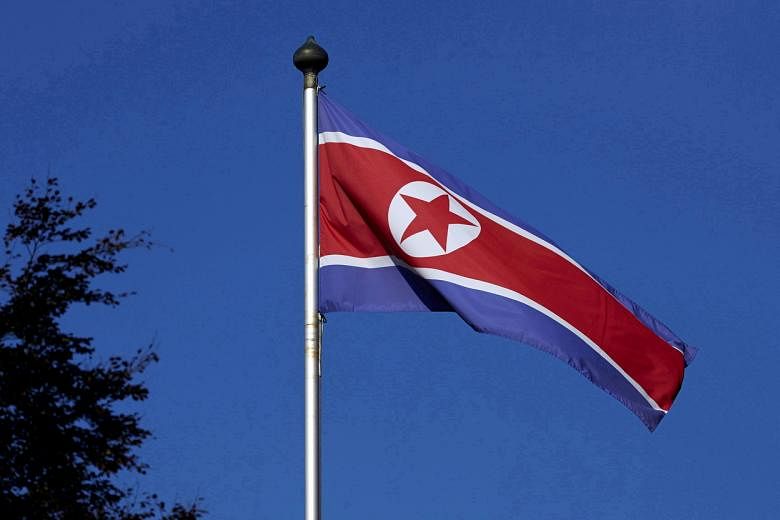
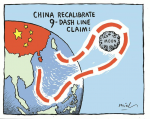




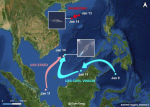

/cloudfront-us-east-2.images.arcpublishing.com/reuters/S6VM5I5GAVM37LMPMWFAD3YWPU.jpg)

/cloudfront-us-east-2.images.arcpublishing.com/reuters/GSKXF2YP25OAFIQTNDXKYF6XW4.jpg)


